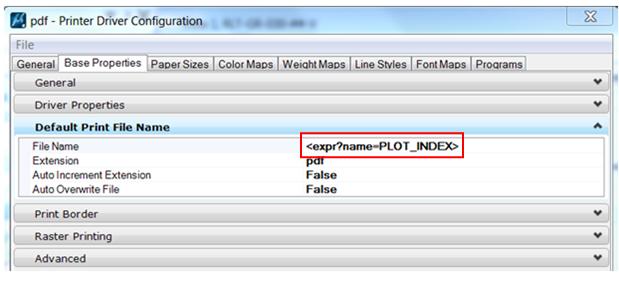Vba Auto Increment File Name Extension
Excel auto fill a column with increment. Ask Question Asked 4 years, 9 months ago. Click in the Name Box (to the left of the Formula Bar) and type a range that covers the cells that you want to fill. If the government illegally doesn't ask for article 50 extension, can parliament do it instead?
i am trying to insert a reference number into a cell in excel using vba. I want a prefix text of 'V0000' followed by an auto incremented number starting from 836.
A large portion of my code creates a new row and inserts data into it automatically one after the other, but instead of posting my whole code I am just wanting to focus on this one line of code which inserts value into column AA of my spreadsheet. I am using the following but it just gives me V00001 each time. can someone show me how I can get my code to do what I want it to.
2 Answers
Consider an alternative that does not remove numerical (mathematical) functionality from the cell's value.
If you require the formatted (displayedHack router port 5355. ) alphanumeric designation you can retrieve it like this.
Using VBA, you can do this by incrementing the number each time the loop goes round and then prefixing the V0000 to the front like so:
GarethGarethNot the answer you're looking for? Browse other questions tagged excelvba or ask your own question.
I am looking for a way to reference cells inside named range and have it be understandable for person looking through the spreadsheet.

I have this spreadsheet:
So 'car' is the named range B2:F2and 'jan is the named range for B2:B4
In ideal world I see myself doing this:
Then when I copy-paste the above formula to H2, Excel auto-increments 'jan' to 'feb' and I get
This is obviously not working. I saw different ways people suggest getting such results, but it leaves me with some long lookup formulas, while I want the person reading the spreadsheet be able to intuitively understand all the references without knowing what formulas stand for.
If this is absolutely not possible, I would be happy to at least be able to refer to cells by name of the row and letter of the column. So that I can do:
2 Answers
With the ranges named as you say write in G2 the next draggable formula:
And of course you would be able to write something like
but that formula wouldn't be draggable.
(Note $A$1:$F$4 is your dataset reference)
Hope it works!
Here is a VBA solution. Using macros for something that can be done with worksheet formulas isn't the best practice, However, it gives you the functionality you want. Create a module in your workbook and add this code to the module. Don't forget to save your file as .xlsm
My recommendation is to use a named range for your data array, such that this line:
Becomes:
And can be edited from the workbook.
Vba Increment Number By 1
You might also want to change the formulate name from 'SOMEFORMULA()' to something smaller/ more appropriate.
The results are as follows: